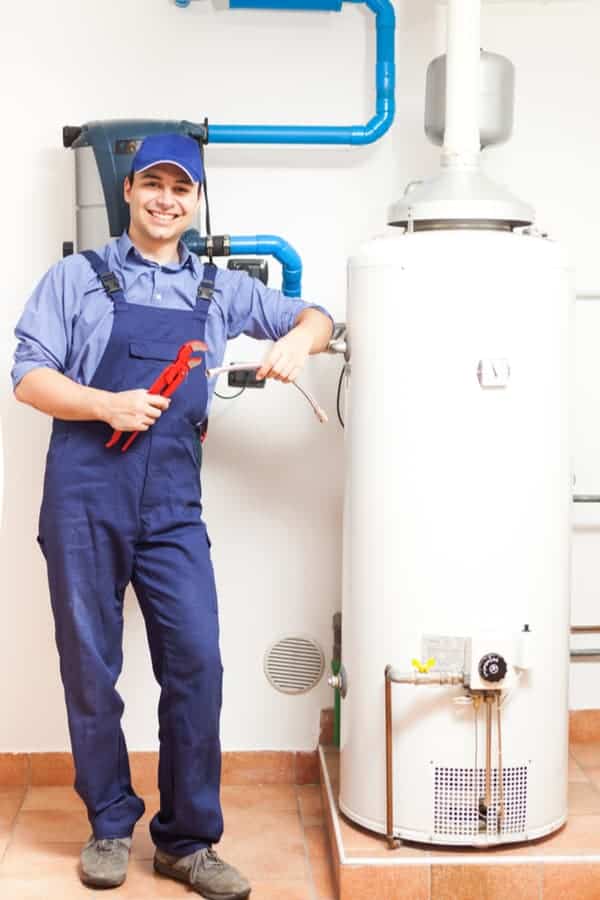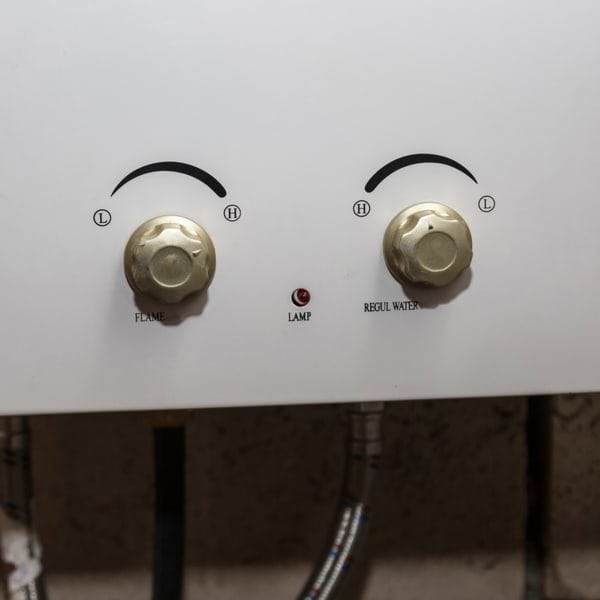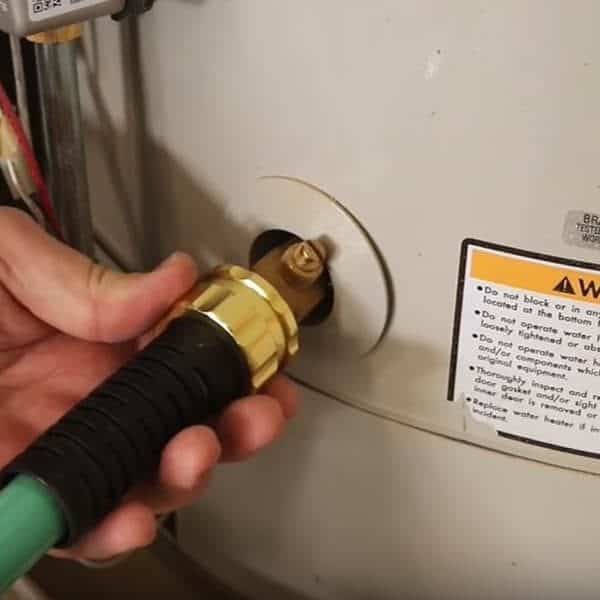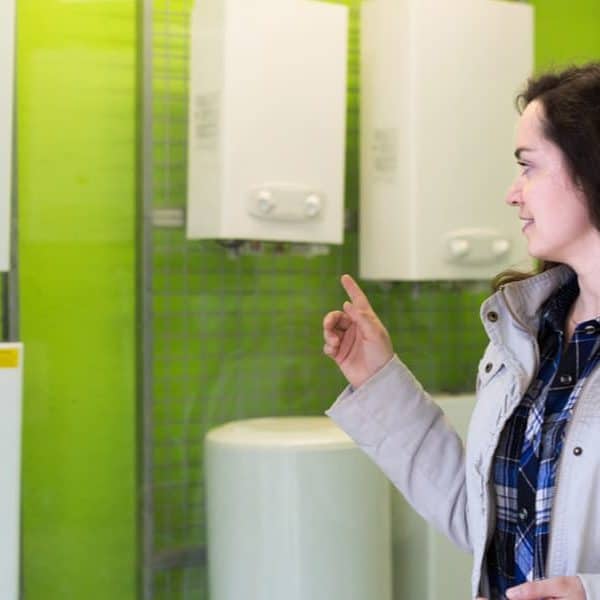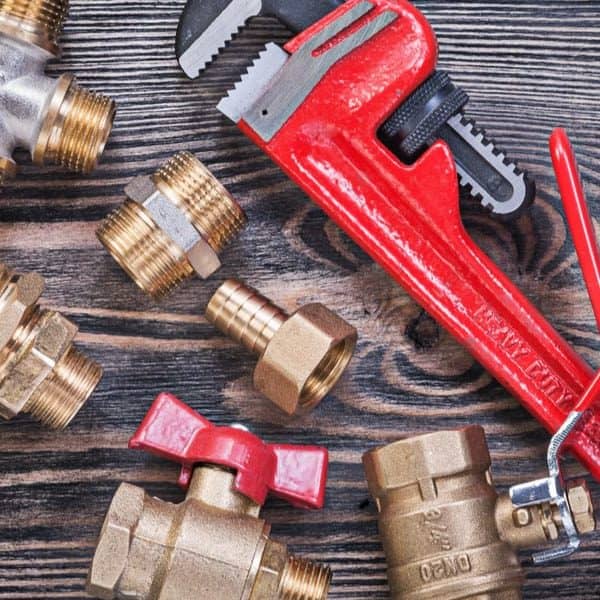If you’re not a technician yourself, then I can imagine that at that moment, nothing is more annoying than battling with a pilot light that won’t stay lit.
Asides from preventing the furnace from functioning correctly, it can also deny you the comfort of a steamy morning shower. There are numerous reasons why your pilot light trips off over and over. We’ll try to touch on all the possible reasons why your heater is in such a situation.
Read till the end of the blog, so you can be informed of the reasons for the faults so you can prevent them in the future. After discussing the causes, we will recommend some possible solutions that you can use to fix the problem.
Why Does Your Heater’s Pilot Light Keep Going Off?
These are the most common reasons why your heater’s pilot light won’t stay lit:
1. Obstructed Thermocouple
Most recently manufactured water heaters function with the aid of a thermocouple.
This equipment is the core reason why your water heater functions, it also knows if the pilot light is on or off through an electric current that draws power from the pilot’s heat.
Once the thermocouple detects that the pilot light isn’t lit, it turns the gas off as a safety measure.
An unlit pilot can also stem from a dirty thermocouple as the dirt may be obstructing the current signal, which would also lead to a gas outage.
Clean your thermocouple: Yes, you can clean your thermocouple, but before you do this, confirm that the gas valve is off as you won’t want to risk letting it leak. The thermocouple can easily be located and cleaned.
2. Bent Thermocouple
Asides from being dirty and grimy, the thermocouple can also get bent or bent to the point where it starts to lose the heat signal from the electrical current.
In most cases, the thermocouple may have curved too far away from the pilot, which is problematic as it won’t be able to detect the heat signal.
Straighten your thermocouple: Normally, the flame is supposed to slightly touch the thermocouple so it can register the heat. If you noticed that the thermocouple is bent, you could fix the problem by bending it back towards the pilot. Don’t forget to wait for it to cool down first.
3. Damaged Thermocouple
Another reason why your pilot may be unlit may be as a result of a broken thermocouple. If you check the thermocouple and it isn’t dirty, grimy, or curved, it may have been damaged.
To confirm your suspicions, remove the thermocouple and test it with a multimeter.
Before removing the thermocouple, ensure the gas is turned off, and the thermocouple is cool. If the voltage it supplies is below 20 MV, then it is damaged.
Damaged Thermocouple Solutions: Dealing with a broken thermocouple is somewhat techy, and as such, you may require the expertise of a technician if you’re not one. Thermocouples can be repaired if it is only slightly damaged. If it is too badly damaged, you may have to replace it.
4. Dirty Pilot Tube
Assuming you have checked the thermocouple and it’s intact, another possibility why your water heater may be malfunctioning may be as a result of a dirty pilot tube.
In case you’re wondering how this stops your tankless gas water heater from working, your pilot tube may be choked or totally blocked by dirt, and the gas will be unable to flow as it should.
Clean the pilot tube: In this case, your pilot tube needs thorough cleaning to function properly. After taking the necessary precautions, clean the pilot tube with a small needle. Watch out for large objects as they might be the biggest culprits. When you’re done, test the heater on and see if the pilot light stays lit. If it doesn’t, remove the tube and clean it again.
5. Flex Tube Defects
This also another possible reason why your pilot’s light won’t come on. The flex tube is how the gas reaches the device, and if the continuous flow of gas is interrupted, the pilot light won’t stay lit. This usually happens when the tube is kinked at one or many points.
Check the flex tube: Check along the tube to straighten it, so there’s no obstruction to the flow of gas. However, if this doesn’t solve the issue, you may need to change the tube entirely. Before you resort to changing the tubes, ensure that you’ve conducted all other checks because flex tube problems are generally less frequent.
6. Main Control Valve
A faulty main control can be the reason why the pilot light won’t stay on.
This is another issue that occurs less frequently, so you must eliminate other possibilities before assuming the fault is from the main control.
If you’re unsure, use your multimeter to check the controls.
Replace the control valve: Most times, if the control valve gets faulty, a technician will be able to repair it. However, if you want your water heater to last, and if you wish to avoid future expenses, then you should consider changing the main control valve entirely.
7. Faulty Electrical System
This issue is mostly attributed to electric water heaters.
This issue often stems from the bad wiring of the internal devices. A wrongly wired electrical water heater tends to blow up the fuse and shorten the circuits, which are the major issues an electric water heater experiences.
A faulty electrical system is often detected by a breaker shutdown, which causes the involuntary shutdown of the water heater.
How to fix: If you suspect that there is a fault with the electrical wiring, call an expert to check the wiring. Do not try to fix it yourself if you don’t have adequate experience.
8. A faulty burner
If your water heater’s burner is defective, then this is likely to affect ignition, which may cause the pilot’s light to go off.
How to fix: In most cases, it is advisable to change the burner entirely, but first you can conduct some preliminary checks. Turn on your hot water tap and wait for about 4 -5 minutes for the burner to ignite. If this fails, try switching to a lower temperature and then back to see if the burner ignites. If it doesn’t, you should replace it.
How to Re-Ignite the Pilot Light?
Every water heater comes with some instructions. Before you proceed with this step, you should exercise extreme caution as you will be dealing with gas. Switch your thermostat to heat mode and get it up to about 80 degrees to keep it going. Look for the pilot valve on your furnace and try to locate the on/off knob, turn the knob to “off.”
The pilot light should be close to the gas burner tube, watch it closely. Ignite the flame with a long match while switching the knob to “pilot,” hold it in the position for 35 seconds. Once the pilot comes on, turn the knob back to “on.”
If the above procedure proves futile, repeat the process, and elongate the waiting time to 60 seconds. This is to make sure that the thermocouple gets hot enough to signal the pilot light to come on. This is otherwise known as jump-starting the thermocouple. If you repeat the process five times, and the result is the same, then other problems might be the cause.
Take advantage of your warranty
In most cases, most water heaters tend to come with a 1 or 2-year warranty. If your pilot light malfunctions during this period, you can always go back to where you bought it and get it fixed. This is exceptionally beneficial because, in most cases, they may replace any damaged equipment or replace the water heater entirely.
Hire a technician
If your water heater has exceeded the warranty period and you’ve made all necessary checks and adjustments as suggested here, this may be your only move. While most homeowners might consider this a last resort, you should understand that most people are not DIY-inclined.
Also, dealing with gas and electricity is quite delicate, which is why you should be quite careful. Hiring a technician might incur extra expenses, but it might also be keeping you safe, which should be a top priority.
On the plus side, hiring a technician or a handyman ensures that you don’t damage anything else, which will also cost more to fix. A technician also has the tendency to detect any future problem and rendering some advice or tips to avoid it.
Final thoughts
There are many things that could go wrong and cause your pilot light not to stay lit. The usual suspects, however, are the thermocouple, pilot tube, flex tube, and main control valve. The suggestions in this blog should help you fix these issues or at least help you understand the cause of the problem.
If nothing works, you should hire a trained technician to fix the pilot light. Have you dealt with an unlit pilot situation before? We will love to hear your thoughts in the comments section below.




